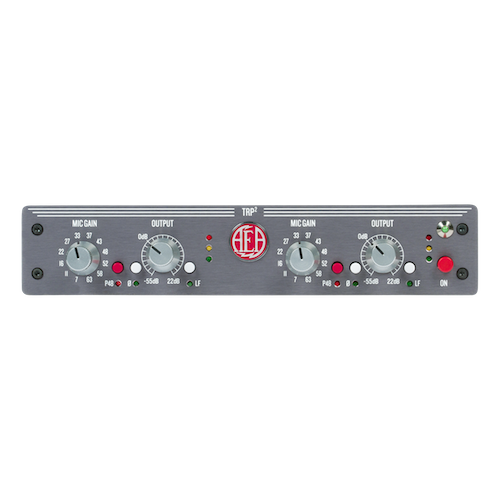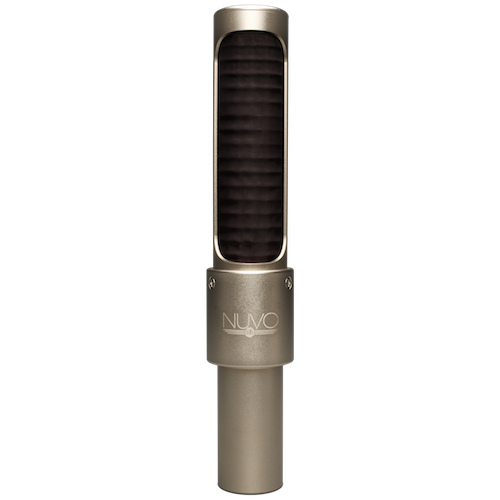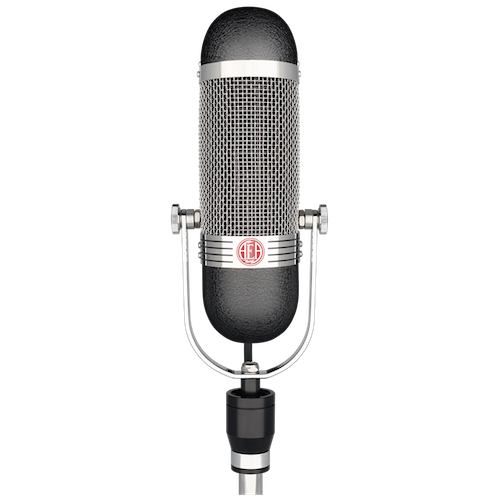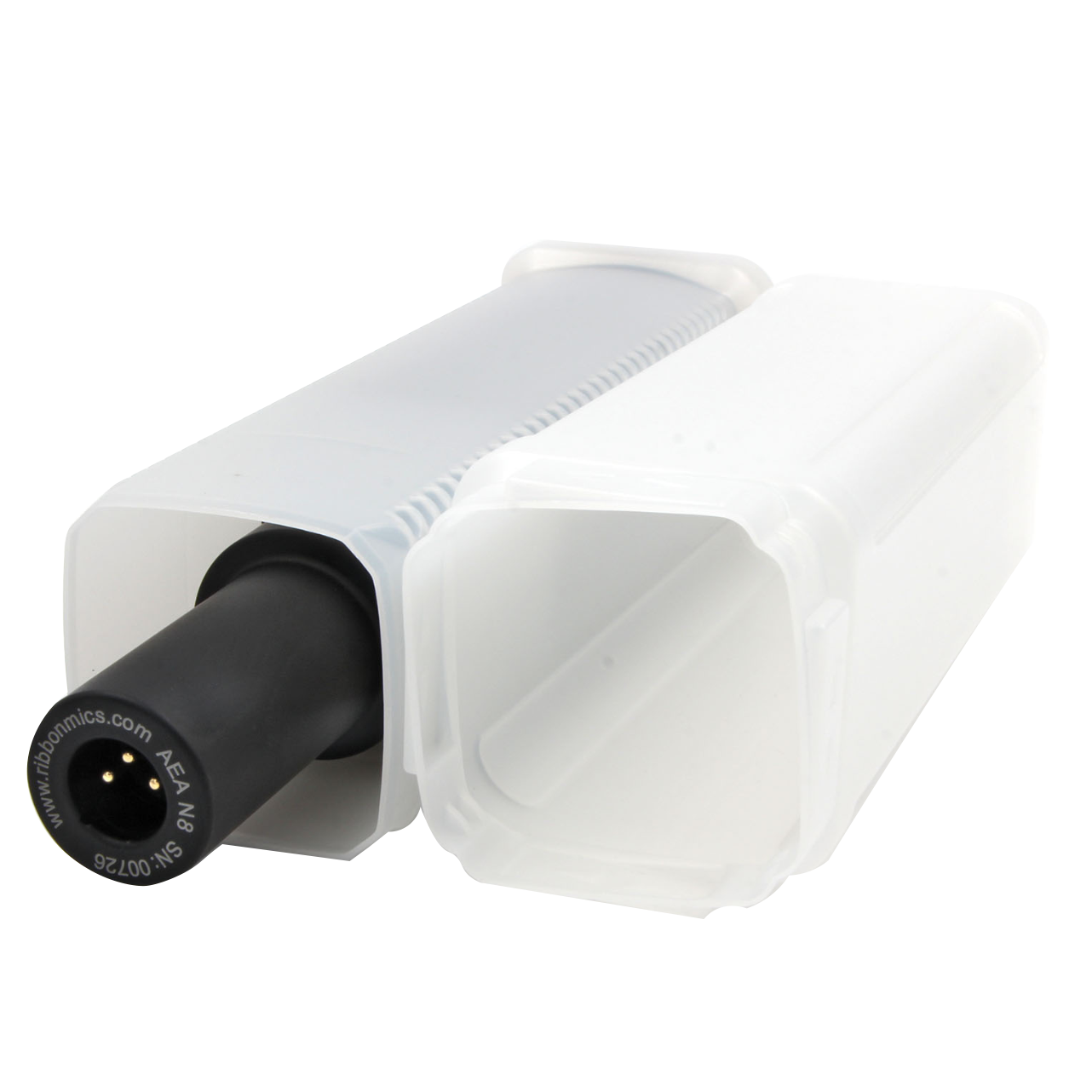Because of the N8’s open, natural character and expansive tonal range, it is the ideal mic to capture cello. Its far-field functionality and figure-of-8 polar pattern allow for the blending of the direct sound of your instrument with expansive, dimensional room sound.
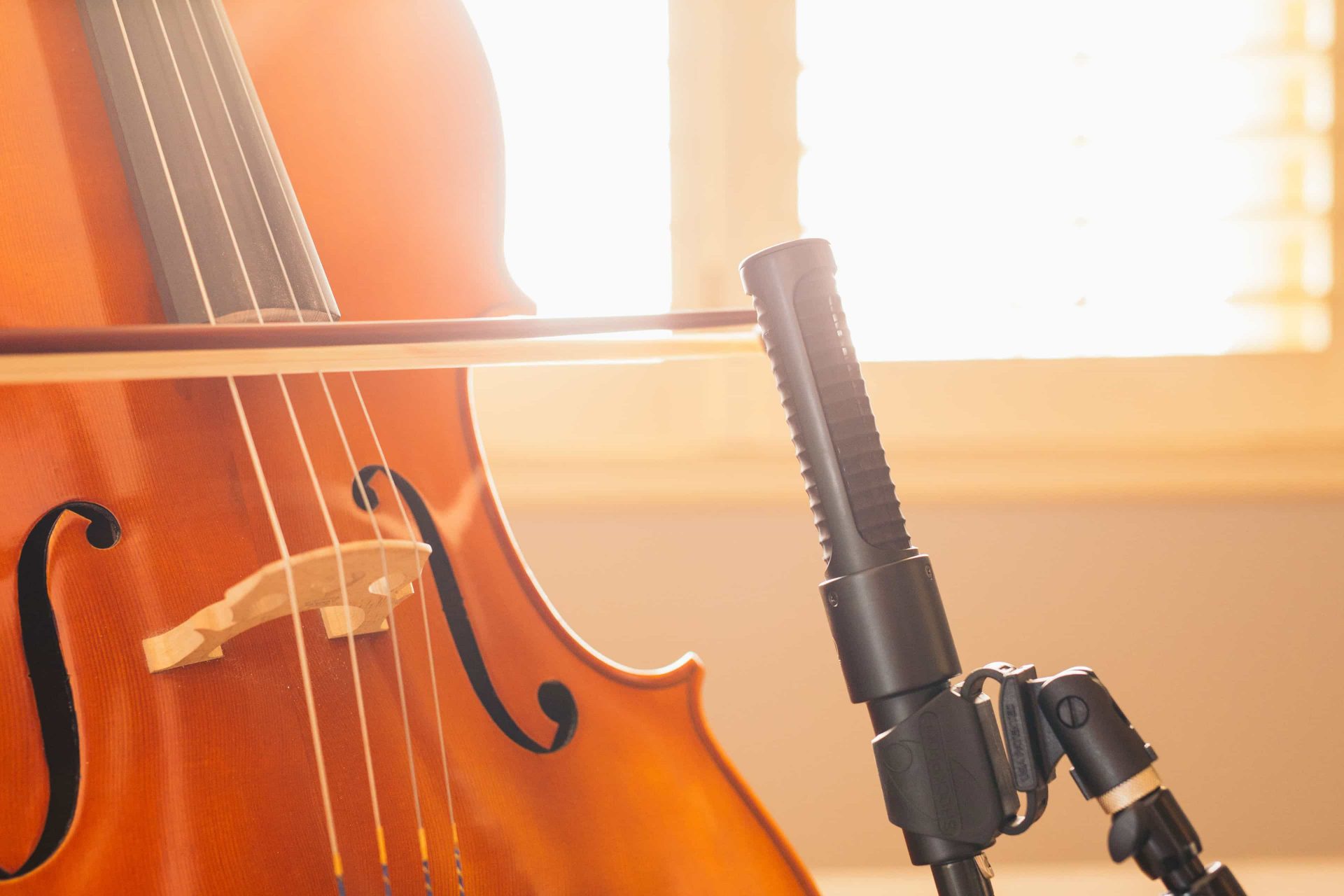
Close Miking
When recording cello, try positioning the N8 between 1 and 4 feet in front of the instrument. Within that range, the N8 can be moved closer or farther from the cello to temper the amount of low-end proximity effect. Typically cellos are best recorded at a height where the neck meets the body; this yields a well-blended sound from the sound hole and the bowed/plucked strings. Whether bowed or plucked, the position of the microphone may sound best in different positions.
Due to the N8s proximity effect, you may find yourself positioning the mic from much further away than you would with a condenser or even other ribbon microphones. This is because from closer than 1.5 feet (0.5 meters) to the source, the N8 starts accentuating the bass.
Room Tone
Like other acoustic instruments, much of a cello’s sound comes from the room it inhabits, so accurately capturing that room sound is vital in achieving a comprehensive tonality. With this in mind, experiment with the vast spatial range of the N8 and its great capacity for far-field applications. The N8 delivers an astonishingly balanced treble/bass ratio from as far as 20 feet away.
In the video below, an N8 is positioned about 3 feet away from the cello while its brother mic, the R88, is perched 10 feet back to capture the natural room tonality. Both mics are blended together to accurately capture the natural sound of the cello.
Distant Miking String Sections, Quartets, and Orchestras
The far-field N8 delivers a balanced treble/bass ratio from as far as 20 feet away, supplementing the direct sound of an instrument with expansive, dimensional room sound. Recording an entire string section is made simple by fixing two N8s in the Blumlein configuration or ORTF and perching it 6 to 10 feet in front of the instrumentalists. By moving the N8 or N8 Stereo Kit array closer or farther from the source, one can find the desired treble/bass ratio as well as balanced direct sound/room sound.
In many instances, a pair of N8s positioned in Blumlein configuration or ORTF from 10 – 20 feet away from an orchestra is all that you need to really capture the sound of the musicians in the room. This setup with N8s has become a staple in Hollywood when recording movie scores.
In the following video, Kaleidoscope, an incredible conductorless chamber orchestra, performs a breathtaking piece by Prokofiev with only a pair of N8s in ORTF positioned 10 feet above the stage. In this video, only the N8s are heard.
Related
Audio samples and techniques for tracking violins and violas with the N8.

